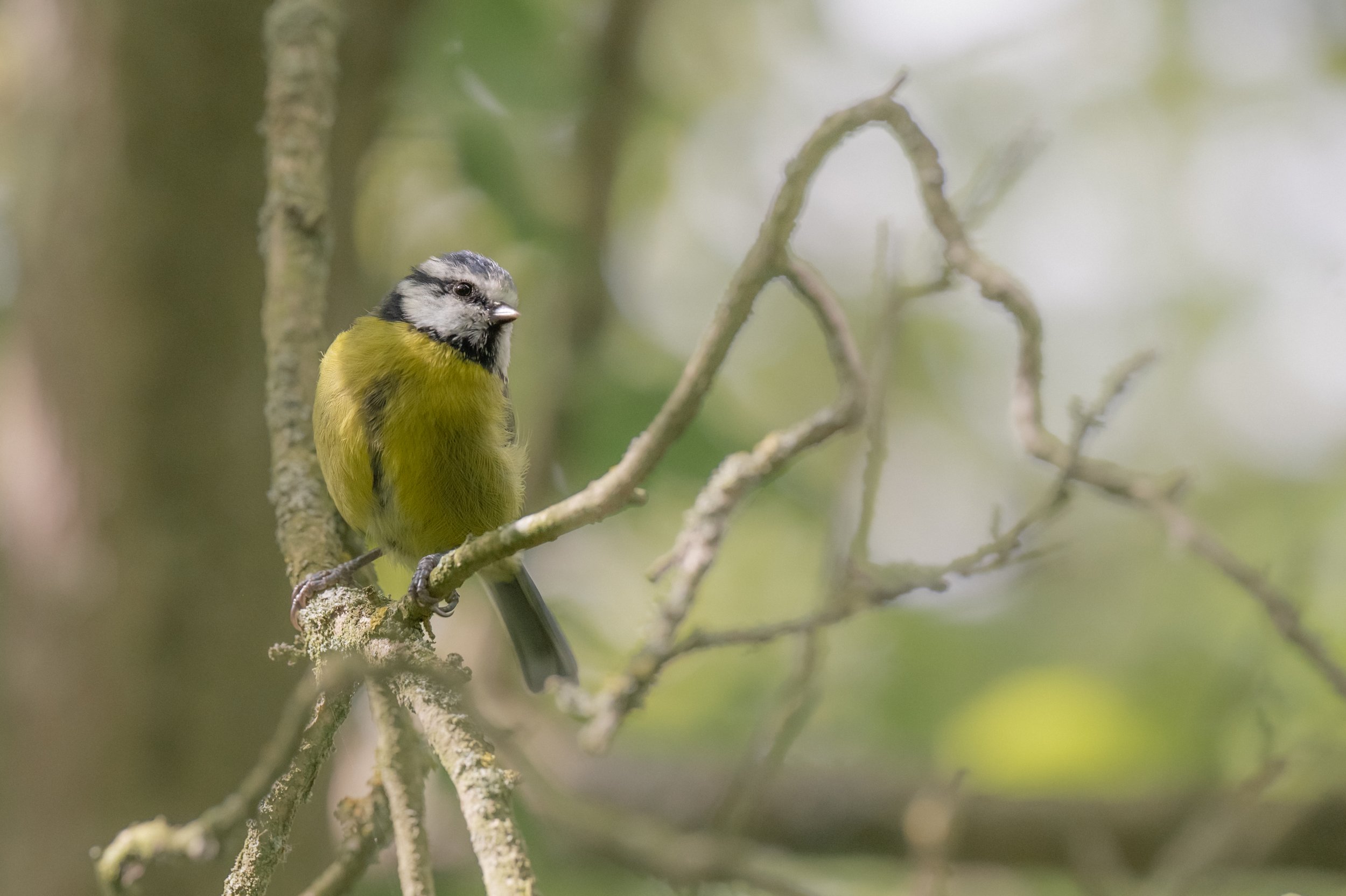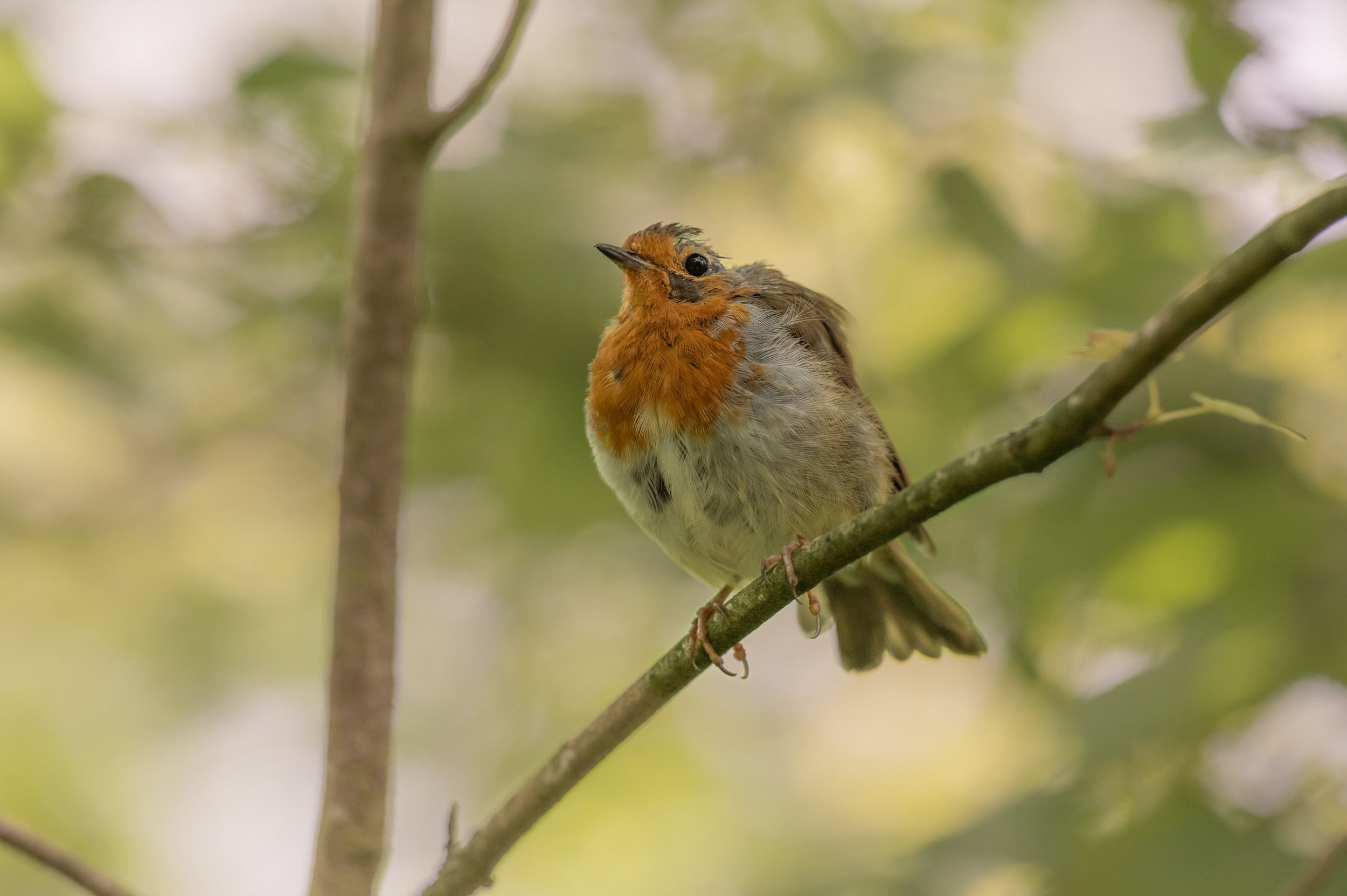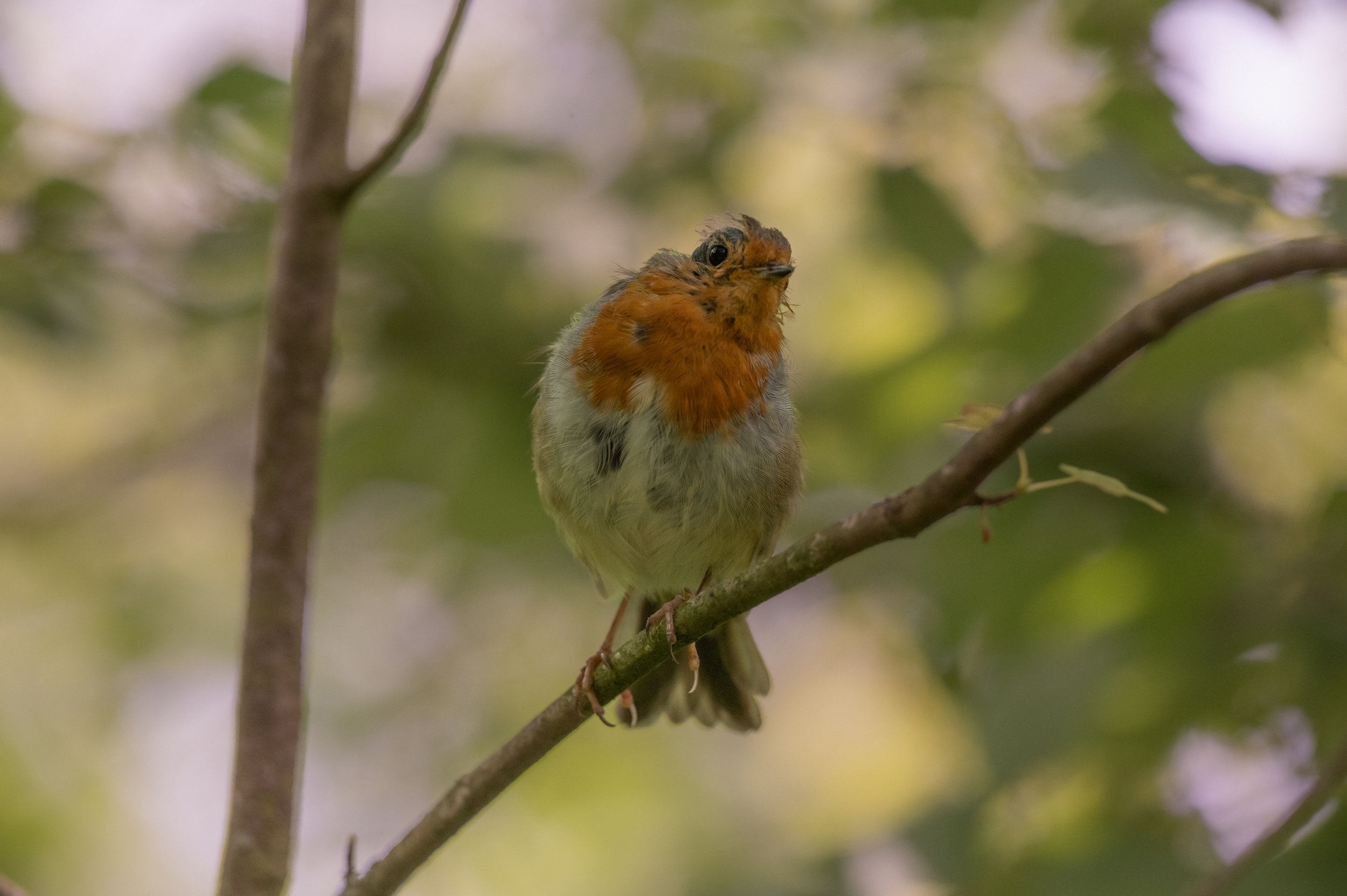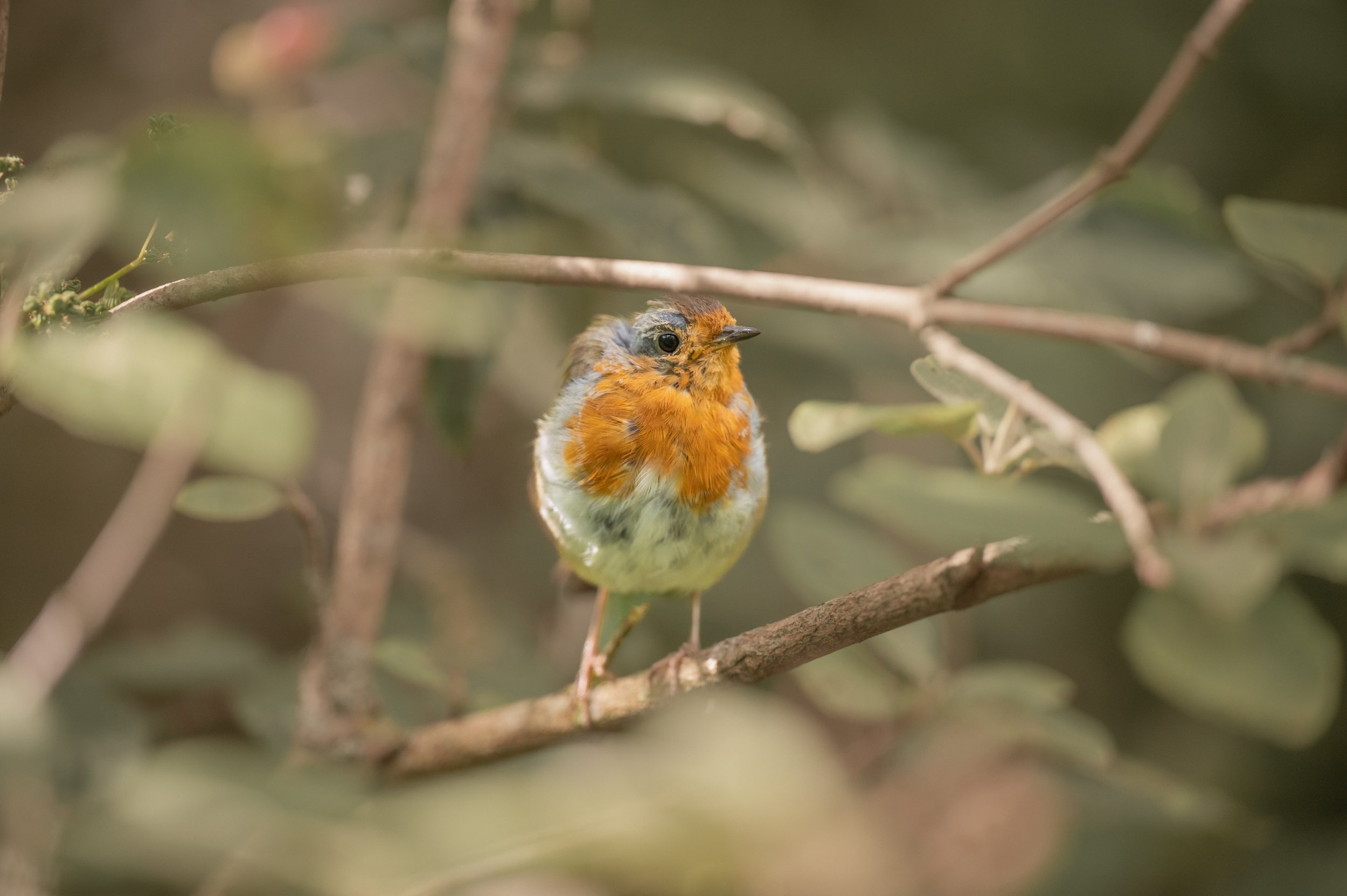Getting Started with Wildlife Photography
A white Stag bellows during rutting seasonWildlife Photography
Let me open by stying this. i am NOT an expert wildlife photographer. There are thousands upon thousands of others that are better suiuted to offer advice and guidance in this field. This is just my own personal journal of getting into wildlife photography. this series of posts and YouTube videos, are my own personal signposts along the way. Now thats been said, lets get into the notty-gritty.
Well first off. What is Wildlife photography? I know, that seems like a very simple question, right. So, ask yourself the question. What is Wildlife photography? Is it just photographing animals. Do the animals have to be wild, or is photographing zoo animals classed as wildlife photography? For me there is a clear dividing line between what makes wildlife photography, wildlife photography.
For me the animals have to be within their natural habit. Photographing a Tiger or polar bear at a zoo in England, for me can not be considered wildlife photography. Animal portraiture, but not specifically wildlife.
Now I know that might seem a bit nit-picky, or maybe you totally agree. But image f the UK landscape photograph of the year was taken in France? Or The USA?
Red Stag at Raby Castle Deer park DasrlingtonWildlife Photography Gear
Now, how does Wildlife Photography differ from other genres of Photography? Well, in once sense, it doesn’t. But in another way, it really, really differs. This is helpful so far isn’t it? When it comes to Wildlife Photography, the main difference is the choice of lenses. For me, I like to work from a distance as to not spook any of the animals I tend to shoot. As they are WILD (< Key word) they can be quite skittish.
The choice of lenses for wildlife photography is immense. As I am just dipping my toes into the genre. I decided to go for the Tamron 150-600 G2 super telephoto lens. A lens that is long, sharp and affordable. As always, I use the Nikon Z6ii full frame mirrorless camera body.
Here's my current Wildlife Photography Kit List. I will include Amazon affiliate links to everything, if you use the links to buy anything. I will receive a commission. Just for 100% clarity.
Nikon Z6ii Body only https://amzn.to/3DmRbrI
Nikon Z6 ii with FTZ adapter: https://amzn.to/30wmX7h
Lowepro Flipside 450: https://amzn.to/3u8Dmv5
Nikon Z 70-200 f/2.8S https://amzn.to/3v1Pai8
Nikon Z 24-70 f/2.8S https://amzn.to/3VaUIBn
Tamron 150-600 f5-6.3 G2 https://amzn.to/3HM8De1
Three Legged thing Leo 2.0 CF Tripod: https://amzn.to/3j4og6e
Learn how to take Great Waterfall phootographs
A Red Stag, Raby Castle Deer parkWildlife Photography locations
So one of the great things about wildlife photography, is the ease at which you can find available subjects to shoot. There is no need to plan for weeks, even months in advance. There are few (not none) long 3am drives to reach a location on time only to get there and be clouded out. You can literally take up wildlife photography anywhere, at any time. Birds and squirrels at the local park, wild rabbits and hares in the fields around towns. Owls and other birds of prey that hunt in and around woodlands and fields. As much as I love hiking up a mountain to capture the big vista views of sunrise or sunset, and all those other wonderful things. I also love the challenge of sitting in a hide or blind just waiting. Wildlife photography can be a true test of patience and determination.
England and the UK is covered, and I mean COVERED in woodlands and farmlands. These areas are always teaming with potential for budding wildlife photographers such as you. I can think of 5 separate woodlands near my house that are less then 4 miles from my front door. There is only one of them, a plantation wood, that doesn’t host an abundance of wildlife.












